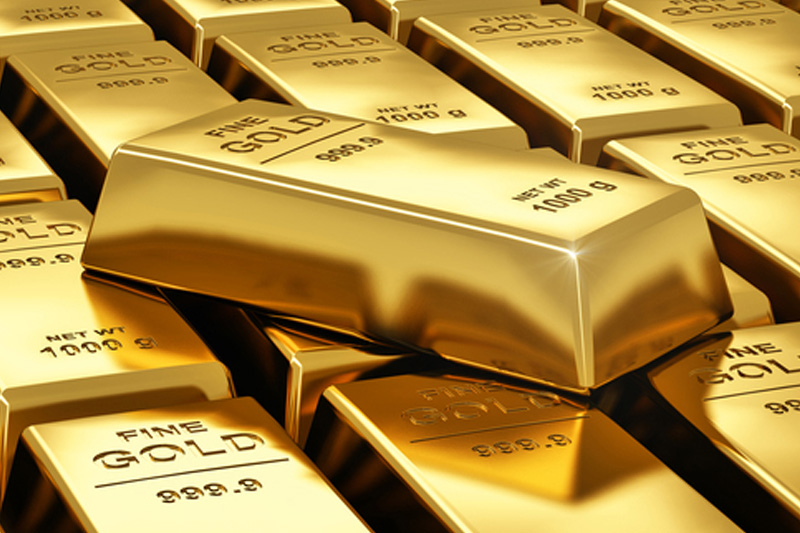By Barani Krishnan
Investing.com - Whatever the fear salesman is doing, it isn’t hurting gold.
Futures on the yellow metal gained on Friday, even inched forward on the week, while fears of a faster-than-expected rate hike amplified in the United States after the November reading for the Consumer Price Index came in on level with October, which was already at 40-year highs.
News of rate hikes are almost bad for gold. This time though, traders in bullion appeared focused on the inflation story, allowing to slide talk of impending Federal Reserve action to right the situation.
U.S. gold futures’ most active contract, December, settled Friday’s trade up $8.10, or 0.5%, at $1,784.80 an ounce. For the week, it rose 0.1%.
“Gold is slowly getting its mojo back after a hot inflation report mostly matched estimates,” said Ed Moya of online trading platform OANDA. “A lot of the inflation is stickier than anyone wants and that should keep gold’s medium- and- long-term outlooks bullish.”
But Moya also cautioned that an accelerated rate hiking cycle is a big risk and could trigger panic selling in gold, though there does seem to a high chance of the Fed doing that now.
“Gold just needs to survive a firm consensus on how many rate hikes the Fed will start off with next year,” he said. “Gold’s recent trading range of $1,760 and $1,800 might continue to hold up leading into next week’s FOMC decision.”
The FOMC, or Federal Open Market Committee, of the Fed decided in November that it will taper by $15 billion every month the $120 billion it has been spending on bonds and other asset purchases to support the economy since the Covid-19 outbreak in March 2020. In recent weeks though, Fed Chair Jerome Powell and other senior officials of the FOMC have said that a faster taper and eventual rate hike is necessary to contain runaway inflation in an economy rebounding aggressively from the pandemic.
The Fed is closely watching numbers on inflation and employment, among others, to determine the timing for the first post-pandemic rate hike. The central bank kept rates unchanged at between zero and 0.25% since the Covid-19 outbreak in March 2020.
US jobless claims, meanwhile, came in at 184,000 last week, the lowest in more than 50 years, as the employment market resumed its dynamic recovery from the pandemic, Labor Department data showed. The unemployment rate, meanwhile, stood at 4.2% in November — just 0.2% higher than the Fed’s classification for “maximum employment."
